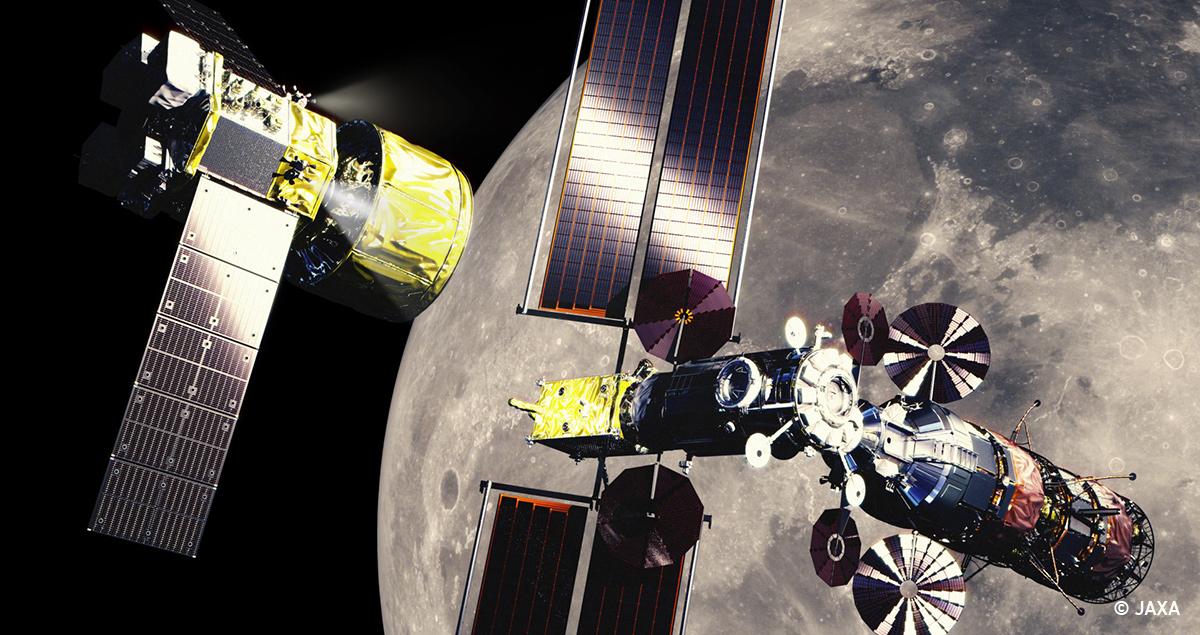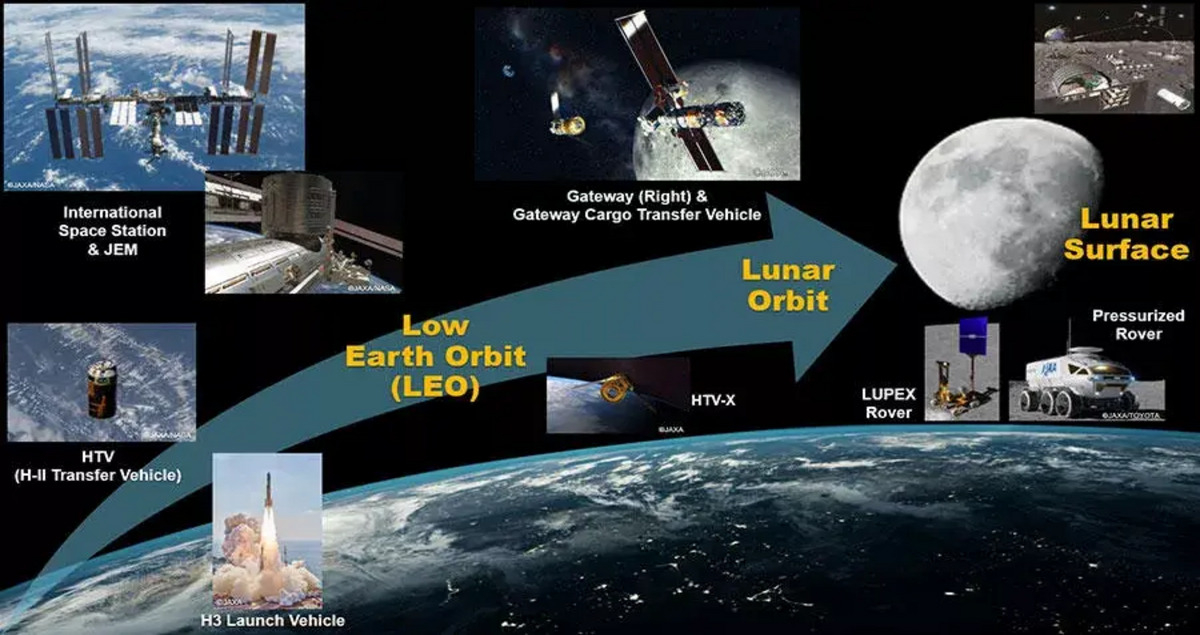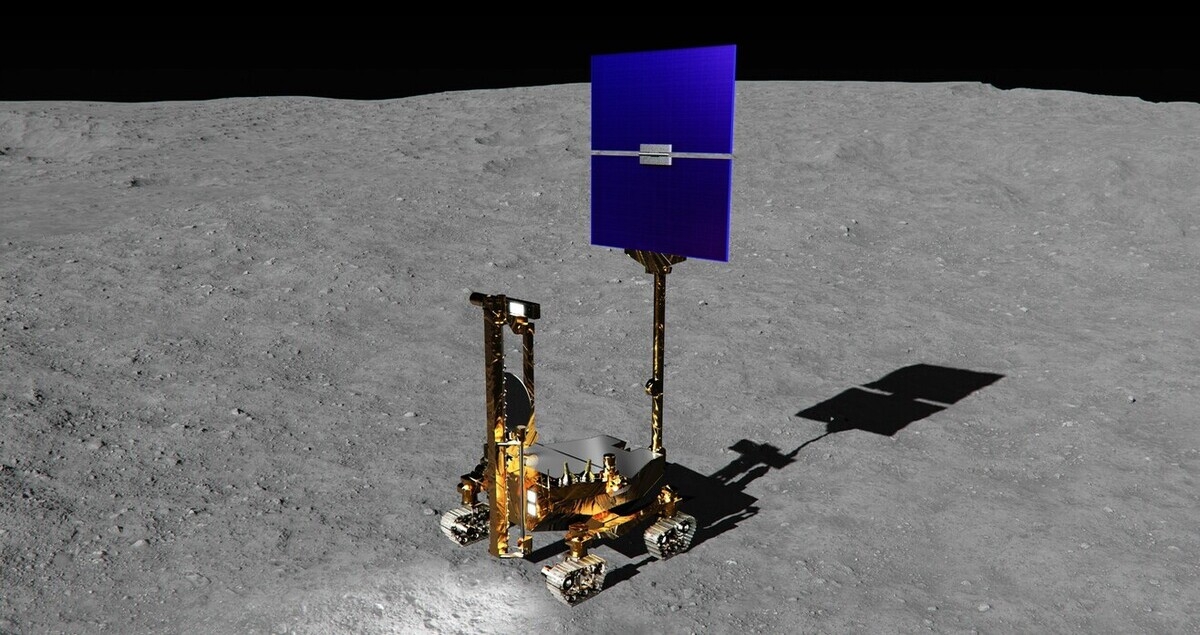The technologies ushering in a new era of space exploration

Space exploration is powered by innovation.
More than half a century after NASA’s Apollo Program enabled the first astronaut to set foot on the Moon’s surface, the space industry continues to embrace game-changing technologies to further our knowledge and understanding.
From a planned mission to help establish a base for human activity in lunar orbit to the successful use of Japan’s hyper accurate moon landing technology, we are living through a decade of technological advancements that could herald a new era of lunar exploration and research.
Here are five key projects helping us explore and understand the realm beyond planet Earth to benefit civilization.
1. Living in lunar orbit
The Artemis space exploration program aims to return humans to the Moon for long-term exploration and scientific discovery, which will inform future missions to Mars and beyond.
Led by NASA, Artemis is a collaboration of space agencies from the US, Europe, Canada, Japan and other countries. The pioneering program includes building a crewed space station called Gateway in lunar orbit, to serve as a transit point for exploratory missions to the Moon.
Following an uncrewed test flight, the planned Artemis II mission – the first manned Moon mission since Apollo 17 in 1972 – will carry four astronauts aboard NASA’s Space Launch System (SLS) rocket and Orion spacecraft, to orbit the Moon and test the craft’s systems with a crew aboard in deep space.
2. Supporting life in deep space
As part of the Artemis program, Mitsubishi Heavy Industries (MHI) Group is working under the Japanese Aerospace Exploration Agency (JAXA) to develop an environment control and life support system (ECLSS) for the Gateway space station’s international habitation module (I-HAB).
The company has previous experience developing life support systems for the Japanese Experiment Module (JEM) of the International Space Station (ISS).
An ECLSS creates an environment that enables humans to live in space by supplying fresh air and clean water, while removing CO₂ and harmful contaminants from enclosed spaces.
Future deep-space missions will need to preserve resources, as quick resupply of air and water becomes impossible due to the distances involved.

Source: H3 Launch Vehicle (JAXA), HTV (JAXA/NASA), International Space Station & JEM (JAXA/NASA), HTV-X (JAXA), Gateway and Gateway Cargo Transfer Vehicle (JAXA), Pressurized Rover (JAXA/TOYOTA), others (MHI)
3. A next-generation space supply vehicle
Supplying the Gateway space station requires a next-generation cargo spaceship to reach lunar orbit.
Working under the supervision of JAXA, MHI is building on the success of the HTV transfer vehicle used to supply the ISS, by developing the HTV-X vehicle.
An advanced version of this vehicle will then be designed and built to resupply the crewed Gateway space station orbiting the Moon, with capacity to transport a diverse range of cargo payloads.
4. India’s lunar south pole landing
In a historic first for any space program, India successfully landed a spacecraft near the south pole of the Moon.
Carried by the Chandrayaan-3, the Vikram lander touched down on this little-explored lunar region. The payload carried a rover and scientific instruments to explore the region, where scientists believe water ice is present that could be used to extract oxygen and fuel for future Moon missions.
5. Searching for polar water deposits
Scheduled for launch in 2025, the Lunar Polar Exploration (LUPEX) project is a partnership between the Indian Space Research Organisation (ISRO) and JAXA, which aims to further explore the Moon for water and other resources.
Working with JAXA, MHI is developing a unique rover module capable of navigating the harsh lunar environment, which will look for water deposits and assess the quantity and quality of water present.

Powered by solar panels, the rover will be guided by world-leading technologies for its driving system and batteries to collect and analyze lunar soil samples.
Projects like these are supported by advanced launch services, such as MHI’s launch vehicles, which continue to make access to space safer, more reliable and more cost-effective.
Discover more about MHI’s range of reliable space launch vehicles





